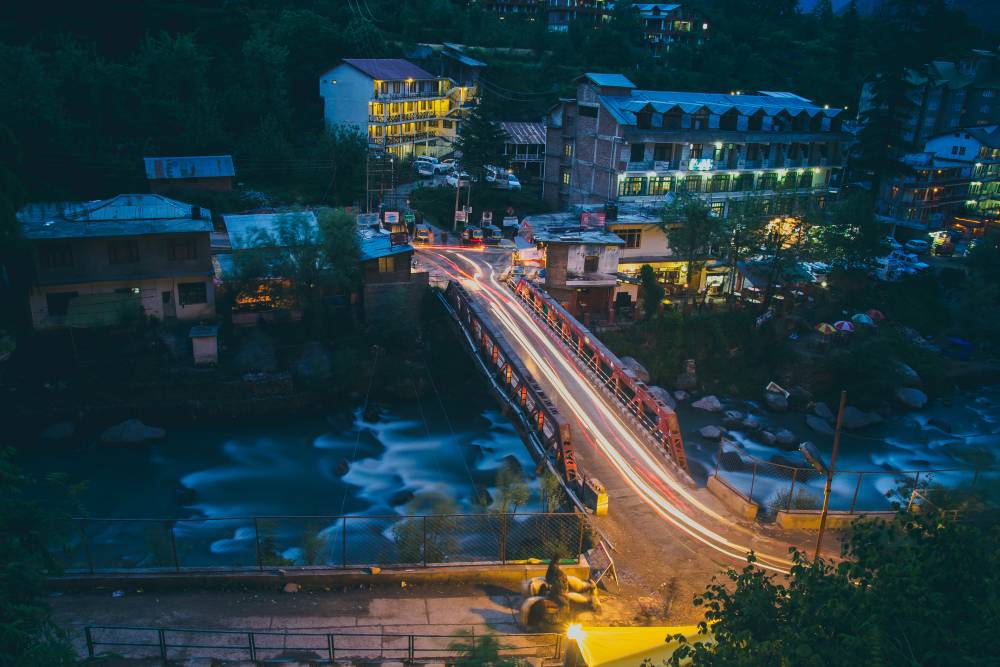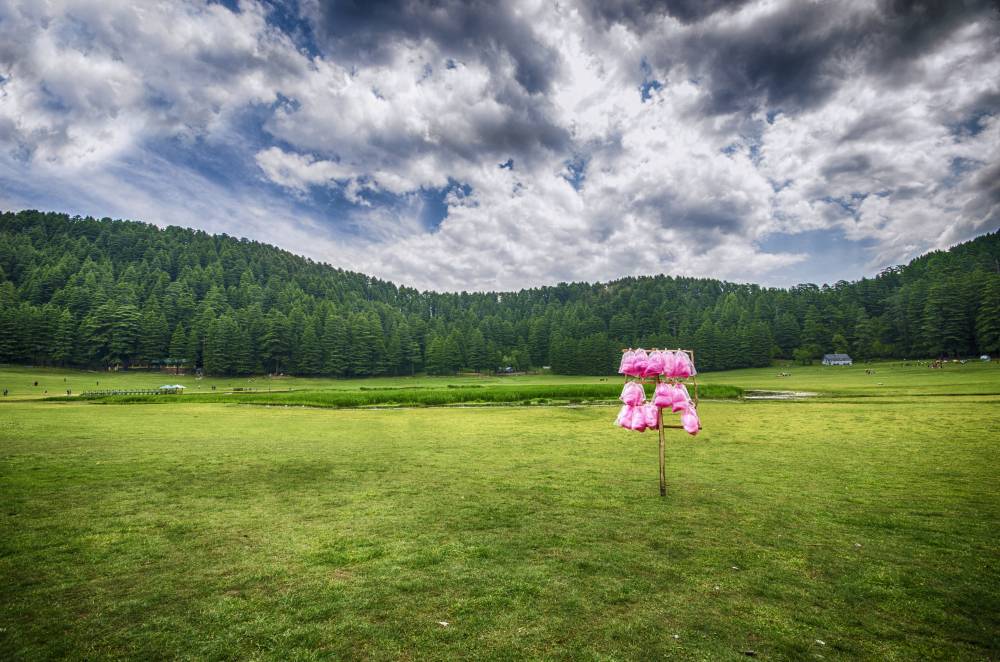Kinnaur Spiti food has always been simple and inexpensive due to the characteristics of the topography and the restricted products it can provide. As the area has grown, more readily available food can now be brought in from other parts of Himachal Pradesh; this has started to change significantly.
The locals consume three meals a day: breakfast (Ken or Tshema), lunch (Shod or Chicken), and dinner (Yang Skin or Gongal). Cha (tea) is served between these meals all day long. This tea, which resembles Tibetan buttery, salty tea, is said to satisfy thirst and be healthy overall. Read the full blog to learn about delicious cuisines when travelling to Kinnaur Spiti.
Patrodu:
Gramme flour, spices, and Arbi (Colocasia) leaves make Patrodu. Colocasia's flat, oblong leaves are harvested in the monsoon season. With two spoons of mustard oil, a thick paste is made with graham flour, salt, powdered turmeric, sliced leaves of coriander, cumin, ajwain, diced green chillies, asafoetida, ground onion, ginger, and garlic. Then, a single Colocasia leaf is placed upside-down, and a small layer of this viscous paste is applied.
Sepu Badi:
One of the staple meals of Kangra and MandiDham (lunch served at a traditional wedding) is Sepu Badi, also known as MukundBadi. Among the most sought-after starters is sepubadiMadra.
You must have Sepubari to create "SepuBadiMadra.”. 'SepuBadi' is available in stores, or you may make it home. Mah(Urad) dal as well as Chana dal can be ground together and let to soak the next day to make "Sepu Badi." After being wrapped in some large leaves (turmeric leaves work well), this powdered mixture is cooked in water before being chopped into pieces and then fried.
Sidu:
Famous A type of bread prepared from wheat flour is called a side. Yeast is added to the dough, then given up to five hours to rise. Sidu dough is made using yeast and must be prepped a few hours before. It is typically eaten with hari chutney, dal, or clarified butter (ghee). Even though it appears uninteresting in the image above, it will stimulate your taste receptors.
Food in Upper Kinnaur:
The predominant types of cuisine consumed in upper Kinnaur and Spiti include Thukpa (soup), Tsampa (vegetables/meat), and Yaksha (yak meat, which is not consumed in other predominantly Hindu regions). Momos (dumplings) are brewed using whatever local materials are available and prepared on occasions of significance or as a staple of the Kinnauri way of life. A local favourite, angoori is a grape-based beverage ranging from a sweet-tasting port to a drier red wine. Nesang brandy, especially made from malted barley, is another popular local beverage.
Fruits in Kinnaur:
Kinnaur is aptly referred to as Himachal's "fruit bowl." All you see are fruit-laden trees as you go along whatever path or look at any valley. It is not difficult to notice the numerous species of plums, pears, and apricots, even though the apple is the emperor of fruits throughout Himachal, and most orchards are apple orchards. Apricots and pears constantly seduce you with their vibrant yellow, red, and green hues.
Travellers were continually cautioned against walking on these dropped apricots since they would quickly slip. A specific kind of apricot is used to extract oil. All of the results require a climate with hills to flourish.
The three main cereal crops grown in Kinnaur Spiti are amaranth, buckwheat, and barley. The main ingredient in every meal is barley because very little wheat and no rice are cultivated there. It is prepared into baked cakes called tsampa. Additionally, buckwheat is prepared into the flat-baked cakes Chilta and Ogla, the latter sweeter than the former.
Meat (local favourites include goat and ram's meat), local vegetables (such as cabbage, potatoes, beans, peas, pumpkin, and potato), and Panting, a gruel prepared using wild apricots and boiled with salt and water, can all be served as sides with cereals.
Conclusion:
These are a few considerations on delicious cuisines to try on the Kinnaur Spiti tour. You must try these cuisines and enjoy your trip to Himachal.



